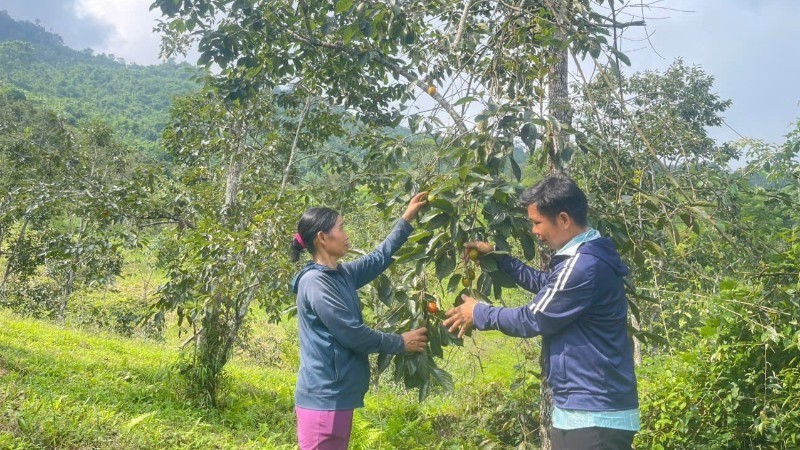
Seedless persimmons in the north of Thai Nguyen are a smooth persimmon variety, crispy, sweet, with lots of sugar, a specialty that has been granted a geographical indication with the name Bac Kan seedless persimmon.
Dong Phuc is one of the communes with the largest area of seedless persimmons, with an area of about 100 hectares, of which 80% have been harvested. Many areas are 50 to 70 years old, becoming the main poverty reduction tree in the highland villages and hamlets.
Mr. Luong Van Ho, Na Chom village is one of the households with the largest number of trees, with more than 400 trees. He said that in the late 1980s, in a situation of lack of livelihood, he went up to the mountains to reclaim land to grow seedless persimmons. After many years of care, the seedless persimmon trees have helped his family overcome poverty. The children in the family continue to enjoy and care for the persimmon gardens, which is still the main source of income .
According to Na Chom Village Chief Trieu Van Dan, seedless persimmons are a tree that helps villagers escape poverty. Out of 100 households in the village, more than 90 grow persimmons. Although prices are unstable, this is still the main source of income for the villagers. In recent years, the villagers have joined forces with Dong Loi Cooperative, which specializes in caring for and consuming persimmons, so the cultivation of persimmons has become more systematic and prices have become more stable.
As a plant with geographical indications, not all areas can grow it. Therefore, recently, in suitable areas, seedless persimmon trees have been identified by local authorities as a poverty alleviation tree, aiming to become a tree that brings wealth.
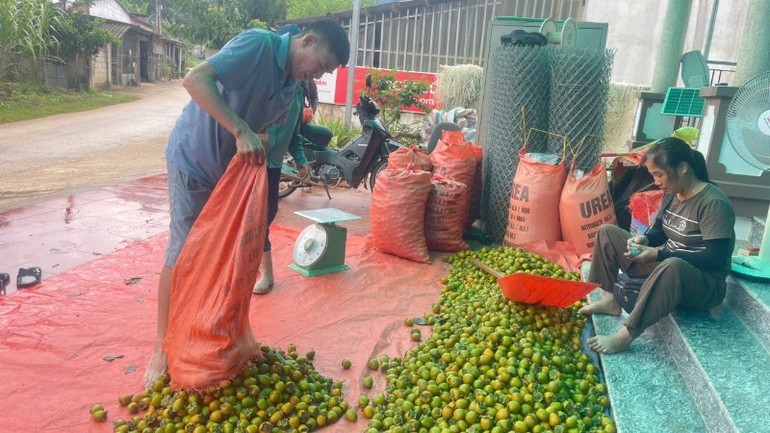
In Quang Bach commune, from the capital source of the National Target Program on New Rural Development, Tan Phong Cooperative implemented a project to link production and consumption of seedless persimmons with an area of 33 hectares. Implementing the project, people were instructed to take care and harvest carefully, thereby increasing productivity and output by 20 - 25%.
In Quang Bach, the villages that grow the most seedless persimmons are Ban Lac and Na Ca... Here, on average each household has from 100 to 200 trees, all of which bear fruit.
According to the Commune Party Committee, every year, the Party Committee focuses on directing and guiding people to develop and replicate the seedless persimmon growing model. The method is to propagate and mobilize party members, association members, union members and people to change the crop structure, take advantage of all land areas, especially ineffective rice land, to switch to growing seedless persimmons.
Thanks to this method, up to now, in Quang Bach, more than 80% of households have participated in growing seedless persimmons. The total area of the commune is about 20 hectares, the yield is about 12 tons/hectare, the output is about 160 tons/year, bringing an average annual income of more than 3 billion VND.
To continue to turn persimmon into a tree that brings wealth, the Party Committee of Quang Bach commune is directing the planning to expand the growing area, form specialized areas; apply science and technology in planting and care; build a collective brand "Ban Lac seedless persimmon"; link with processing and consumption enterprises; develop agricultural tourism associated with persimmon trees.
To promote the strengths of seedless persimmon trees, communes with growing areas have focused on caring for, pruning, shaping the canopy, and maintaining disease treatment models for the trees. Communes such as Quang Bach and Dong Phuc focus on maintaining the number of parent trees to serve as a source of grafting buds for seedlings.
Since 2012, the province has implemented many projects to renovate old rose bushes and plant new ones for commercial purposes. Thanks to that, the productivity of rose gardens has increased by 20-25%, with economic efficiency about 20%.
Up to now, more than 140 hectares of seedless persimmons have been intensively cultivated and regularly improved; more than 50 hectares meet food safety standards; 15 hectares meet VietGAP standards...
Thai Nguyen province directs communes with growing areas to focus on building concentrated growing areas, improving seed quality and organic farming techniques, VietGAP; supporting people and cooperatives when participating in deep processing.
At the same time, develop the product value chain from planting, processing, consumption to experiential tourism. Actively promote and put products on e-commerce platforms so that the persimmon tree can truly become a tree that helps alleviate poverty and enrich growers.
Source: https://baolaocai.vn/tang-thu-nhap-tu-cay-hong-khong-hat-post884469.html






![[Photo] Cat Ba - Green island paradise](/_next/image?url=https%3A%2F%2Fvphoto.vietnam.vn%2Fthumb%2F1200x675%2Fvietnam%2Fresource%2FIMAGE%2F2025%2F12%2F04%2F1764821844074_ndo_br_1-dcbthienduongxanh638-jpg.webp&w=3840&q=75)

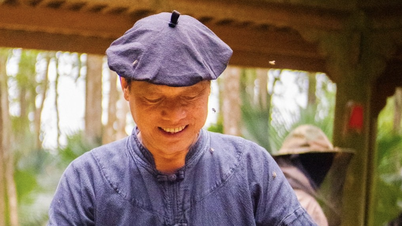


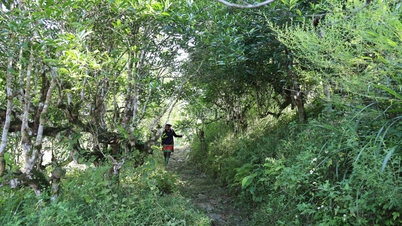



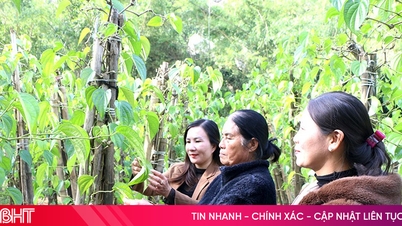

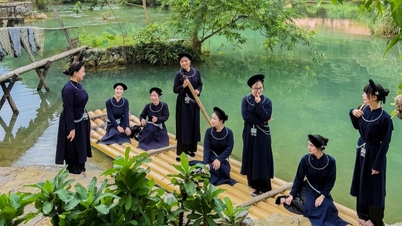


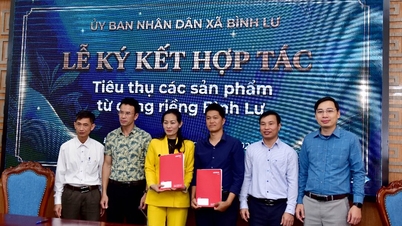


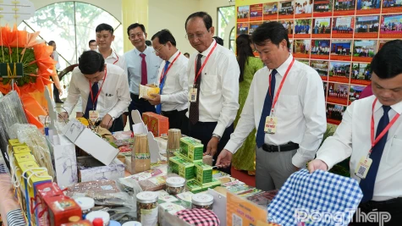

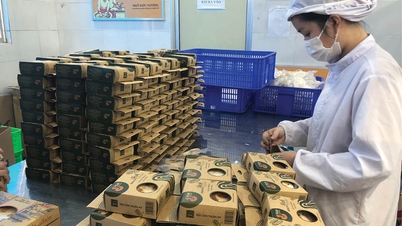

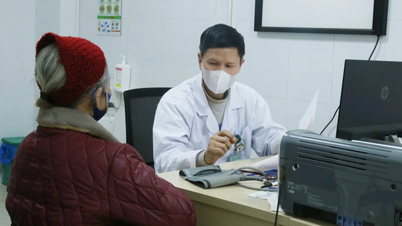




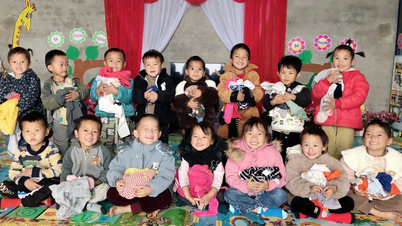
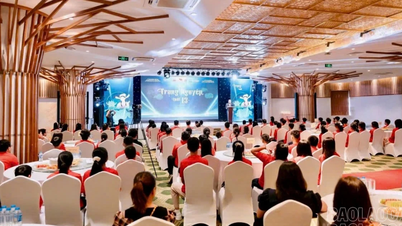
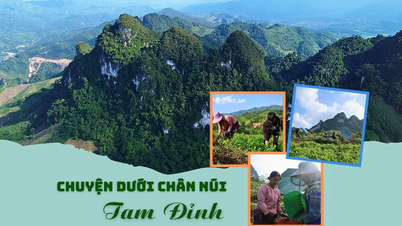
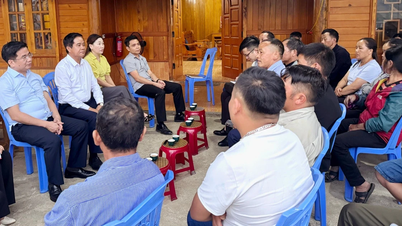
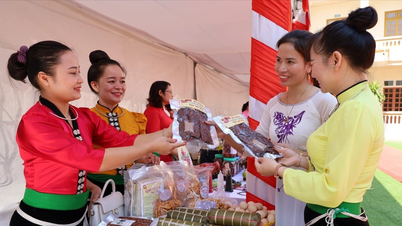
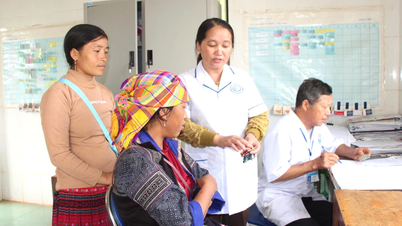

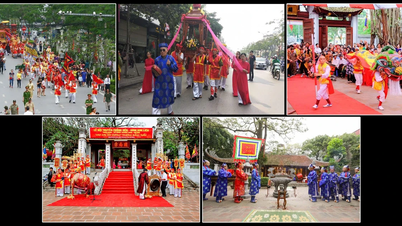

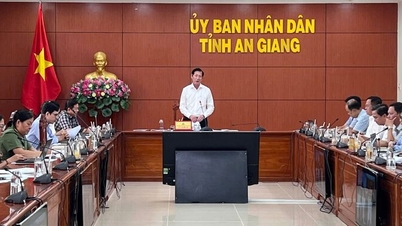

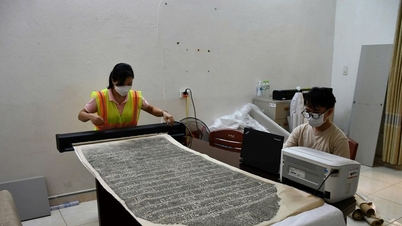

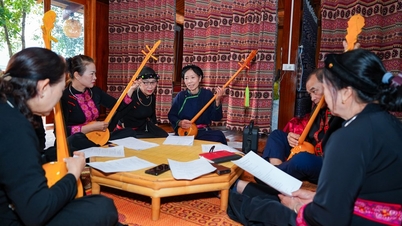



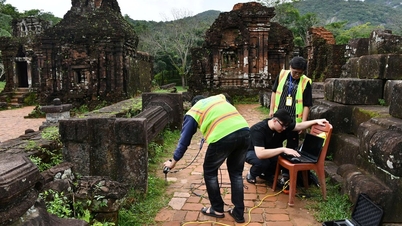




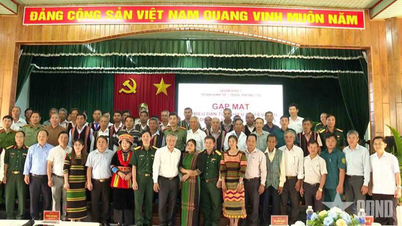

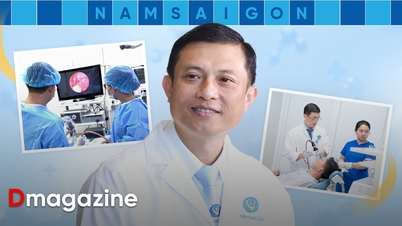
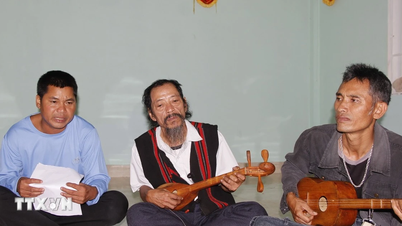




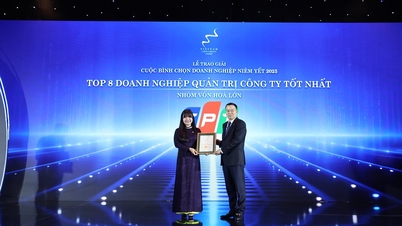



![[VIMC 40 days of lightning speed] Da Nang Port: Unity - Lightning speed - Breakthrough to the finish line](https://vphoto.vietnam.vn/thumb/402x226/vietnam/resource/IMAGE/2025/12/04/1764833540882_cdn_4-12-25.jpeg)
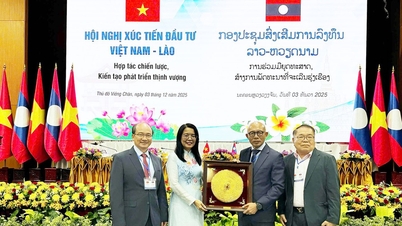

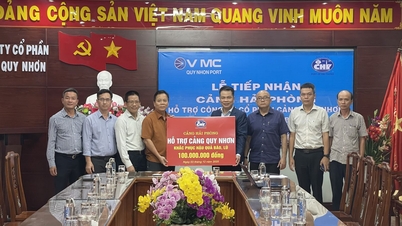







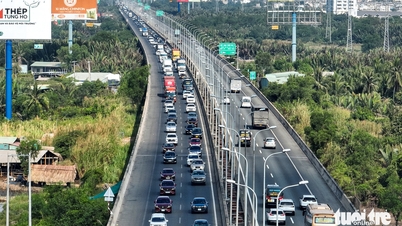





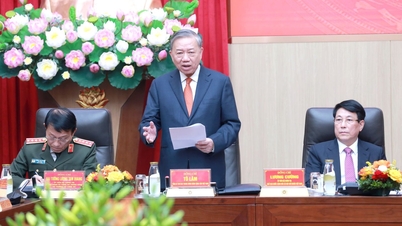

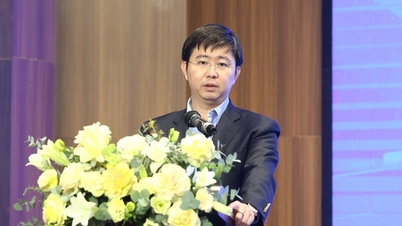

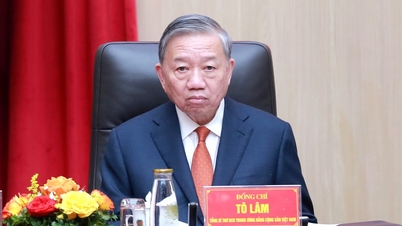





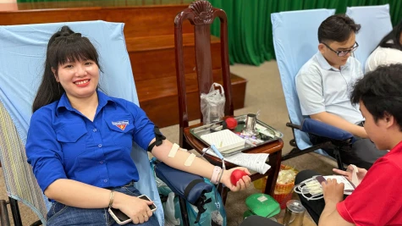
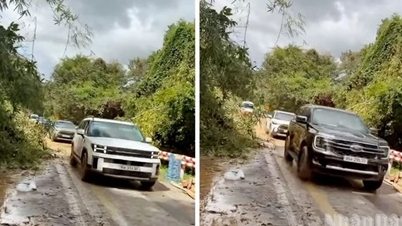
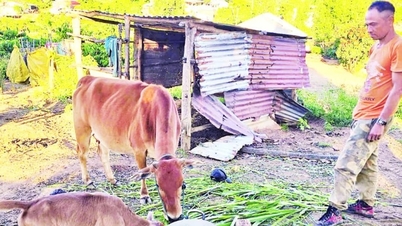
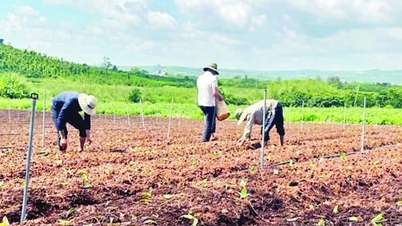
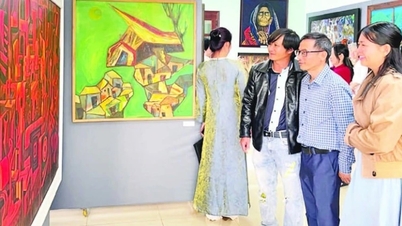
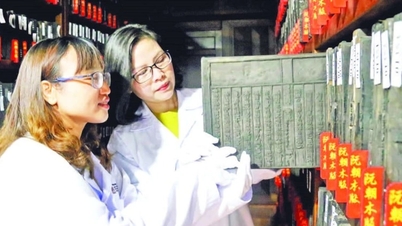













Comment (0)